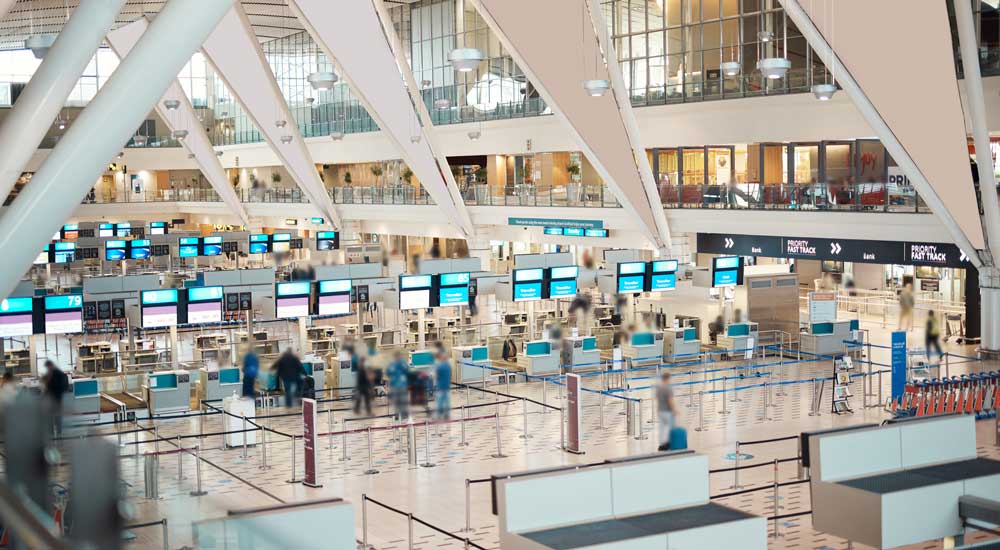
Advanced Air Mobility: The Future of Urban and Regional Travel
“Revolutionizing how we move, Advanced Air Mobility (AAM) is set to transform urban and regional transportation with efficiency, sustainability, and innovation.”
What is Advanced Air Mobility (AAM)?
AAM refers to the emerging ecosystem of next-generation aircraft designed for short-distance, on-demand transportation. These include electric vertical takeoff and landing (eVTOL) aircraft, urban air taxis, and other autonomous aerial solutions aimed at decongesting ground traffic and enhancing mobility in urban and rural areas alike.
The concept of AAM has evolved from decades of advancements in electric propulsion, automation, and air traffic management. With increasing investment from governments and private companies, AAM is transitioning from experimental technology to real-world application, offering a sustainable alternative to traditional transportation.
Why AAM Matters
With increasing urbanization and strained transportation networks, AAM presents a viable solution for reducing congestion, cutting emissions, and offering faster, more efficient travel options. By leveraging electric propulsion, AI-driven automation, and advanced air traffic management, AAM aims to create a seamless, eco-friendly transportation network.
Real-World Applications and Industry Leaders
Several companies and cities are already making AAM a reality:
- Joby Aviation, Archer Aviation, and Lilium are pioneering eVTOL aircraft with test flights and plans for commercial operations.
- Cities like Los Angeles, Paris, and Dubai are investing in AAM infrastructure, including vertiports and regulatory frameworks.
- NASA and the FAA are working on airspace integration, ensuring safety and efficiency in AAM operations.
Key Benefits of AAM
- Reduced Congestion: AAM alleviates traffic in overcrowded urban areas, providing faster transit options.
- Sustainability: Electric and hybrid propulsion reduce carbon footprints compared to traditional air travel.
- Accessibility: Improves transportation in remote and underserved locations.
- Time Efficiency: Cuts travel time by bypassing ground-level obstacles.
- Economic Growth: Opens new markets for aerial logistics, emergency response, and tourism.
Challenges and Considerations
While AAM offers exciting possibilities, several hurdles must be addressed:
- Regulatory Framework: Governments must develop policies for airspace integration, safety, and certification.
- Infrastructure Development: Establishing vertiports, charging stations, and air corridors is crucial.
- Public Perception: Gaining trust in the safety and reliability of AAM solutions remains a key challenge.
- Technology Advancements: Battery efficiency, noise reduction, and autonomous systems need further development.
The Road Ahead
Industry leaders, governments, and urban planners are working together to make AAM a reality. With ongoing advancements in aeronautics, automation, and air traffic management, the future of AAM is promising. Pilot programs are already underway in major cities, paving the way for widespread adoption in the coming decade.
Additionally, AAM is expected to integrate with existing transportation systems, creating seamless connections between air taxis, high-speed trains, and urban mobility solutions. Future smart cities could feature multimodal hubs where passengers easily transition from eVTOLs to ground transportation.
Final Thoughts
Advanced Air Mobility is not just a concept but a near-future reality that will redefine how we move. By embracing this technology, cities can create smarter, more sustainable transportation networks that benefit everyone.
Are you ready for the future of flight? Stay informed, follow industry developments, and be part of the transformation!

